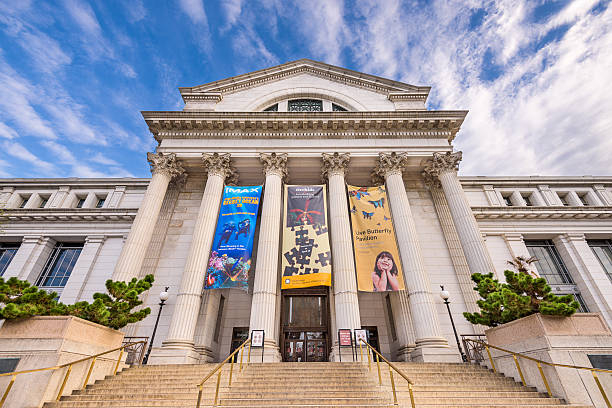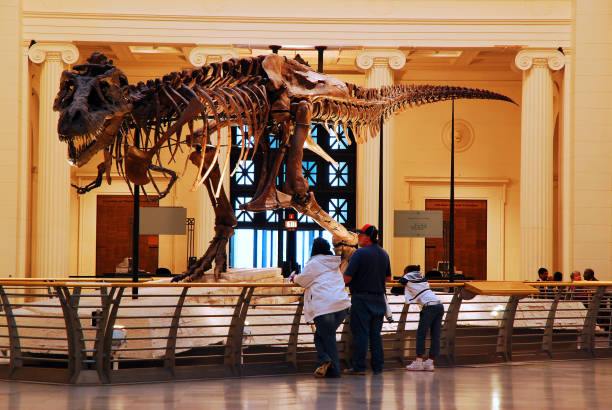Natural History Museum

The Natural History Museum in London houses a diverse collection of specimens from many fields of natural history. The Science Museum and the Victoria and Albert Museum are the other two main institutions on Exhibition Road in South Kensington. The Natural History Museum's main entrance, on the other hand, is on Cromwell Road.
The museum has 80 million specimens of life and earth science in five primary collections: botany, entomology, minerals, palaeontology, and zoology. The museum is a research facility that specializes in taxonomy, identification, and conservation. Given the institution's history, many of the collections, such as specimens gathered by Charles Darwin, have historical as well as scientific worth.
The museum is particularly well-known for its exhibition of dinosaur skeletons and ornate architecture—sometimes referred to as a cathedral of nature—both of which are exemplified by the large Diplodocus cast that once dominated the vaulted central hall before being replaced in 2017 by a blue whale skeleton suspended from the ceiling. The Natural History Museum Library has a large collection of books, periodicals, manuscripts, and artwork related to the scientific departments' work and study; admission to the library is by appointment only. The museum is widely regarded as the world's preeminent center of natural history and associated study.
The Natural History Museum, like other publicly financed national museums in the United Kingdom, does not charge admission. The museum is a non-departmental public entity supported by the Department for Digital, Culture, Media, and Sport. The museum is supported by the Princess of Wales. The museum employs roughly 850 people. The Public Engagement Group and the Science Group are the two most important strategic groupings.
Location: Cromwell Rd, South Kensington, London SW7 5BD, United Kingdom
Website: https://www.nhm.ac.uk
















